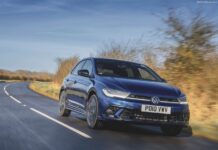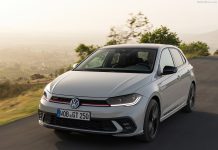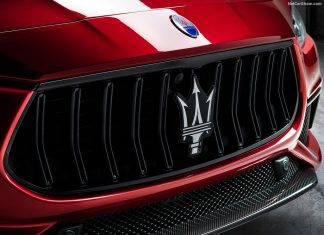Brazilian Vehicles Market in 2025 mantains steady growth. Sales up to May rose 5.8% while EVs surged 16.4%, led by BYD, with a share of 90%. The Chinese brand was also the standout performer among best-selling brands, together with Honda.
Market Trend and Outlook
Looking at cumulative data up to May 2025 brand-wise, Fiat was the best seller (+9.5%), followed by Volkswagen (+8.1%) and Chevrolet (-13.1%).
In 4th ranked, Toyota (-0.3%), followed by Hyundai (+2.1%), Renault (+9.6%), Jeep (+6.2%), Honda, which gained 1 spot (+35.3%) and BYD -up 1 spot- which posted the largest gains (+45.3%). Nissan dropped 2 spots and ranked in 10th (-14.3%).
Looking at the best-selling models, reported in the dedicated post, the Fiat Strada was still the best seller growing 4.4% in sales, overtaking the Volkswagen Polo which fell 5.1%.
EV Market Trend and Outlook
Brazil’s EV market continues its expansion, growing 16.4% up to May 2025. With a 4% share of total sales, sector’s growth was mainly fueled by Chinese automakers. In particular, BYD expanded its local production , solidifying Brazil’s role as a MERCOSUR EV hub.
BYD dominated with 90% market share, growing 25.7%, while Volvo -up 1 spot- ranked 2nd, gaining 128.6%. Great Wall dropped to 3rd, losing 61.7%.
Medium-Term Market Trend
The Brazilian vehicle market has experienced significant fluctuations over the past decade. After peaking in 2014, the country entered a recession, driven by political instability and falling commodity prices, leading to GDP contraction. The market saw a three-year decline, with sales dropping 19.32% in 2016, falling below the 2 million threshold. A modest economic recovery followed, helping the market grow by 7.59% in 2019. However, the COVID-19 pandemic in 2020 triggered a deep recession, weakening consumer demand and causing light vehicle sales to dip below 2 million for the first time in the decade.
While Brazil’s economy rebounded in 2021 (GDP +5.0%), market momentum remained weak. Growth slowed to 0.9% in 2022, with rising inflation and sluggish demand. Despite concerns over rising prices, stricter safety regulations, and the shift toward electrification, 2023 saw a surprising turnaround, with vehicle sales reaching 2.18 million, an 11.3% increase from the previous year. The positive momentum continued in 2024, with a 13.9% year-on-year increase in vehicle sales, bringing the market closer to pre-pandemic levels.
Tables with sales figures
In the tables below we report sales for all Brands, top 10 Manufacturer Groups, and top 10 Models.











